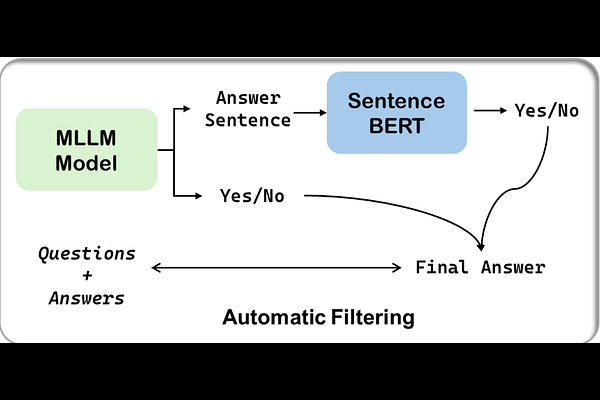Does Feasibility Matter? Understanding the Impact of Feasibility on Synthetic Training Data

Does Feasibility Matter? Understanding the Impact of Feasibility on Synthetic Training Data
Yiwen Liu, Jessica Bader, Jae Myung Kim
AbstractWith the development of photorealistic diffusion models, models trained in part or fully on synthetic data achieve progressively better results. However, diffusion models still routinely generate images that would not exist in reality, such as a dog floating above the ground or with unrealistic texture artifacts. We define the concept of feasibility as whether attributes in a synthetic image could realistically exist in the real-world domain; synthetic images containing attributes that violate this criterion are considered infeasible. Intuitively, infeasible images are typically considered out-of-distribution; thus, training on such images is expected to hinder a model's ability to generalize to real-world data, and they should therefore be excluded from the training set whenever possible. However, does feasibility really matter? In this paper, we investigate whether enforcing feasibility is necessary when generating synthetic training data for CLIP-based classifiers, focusing on three target attributes: background, color, and texture. We introduce VariReal, a pipeline that minimally edits a given source image to include feasible or infeasible attributes given by the textual prompt generated by a large language model. Our experiments show that feasibility minimally affects LoRA-fine-tuned CLIP performance, with mostly less than 0.3% difference in top-1 accuracy across three fine-grained datasets. Also, the attribute matters on whether the feasible/infeasible images adversarially influence the classification performance. Finally, mixing feasible and infeasible images in training datasets does not significantly impact performance compared to using purely feasible or infeasible datasets.